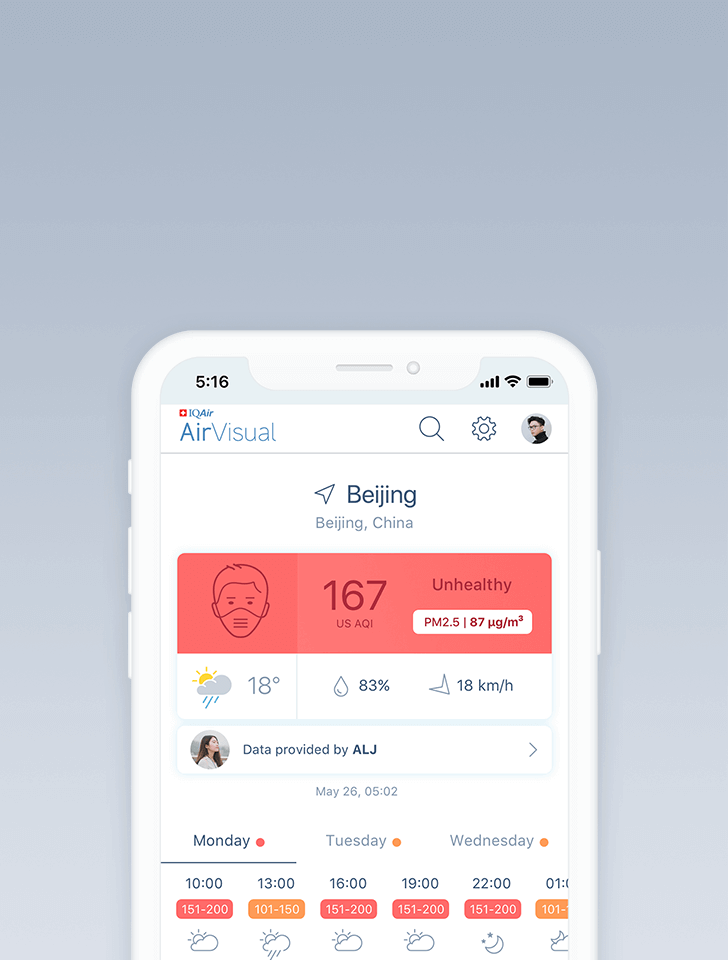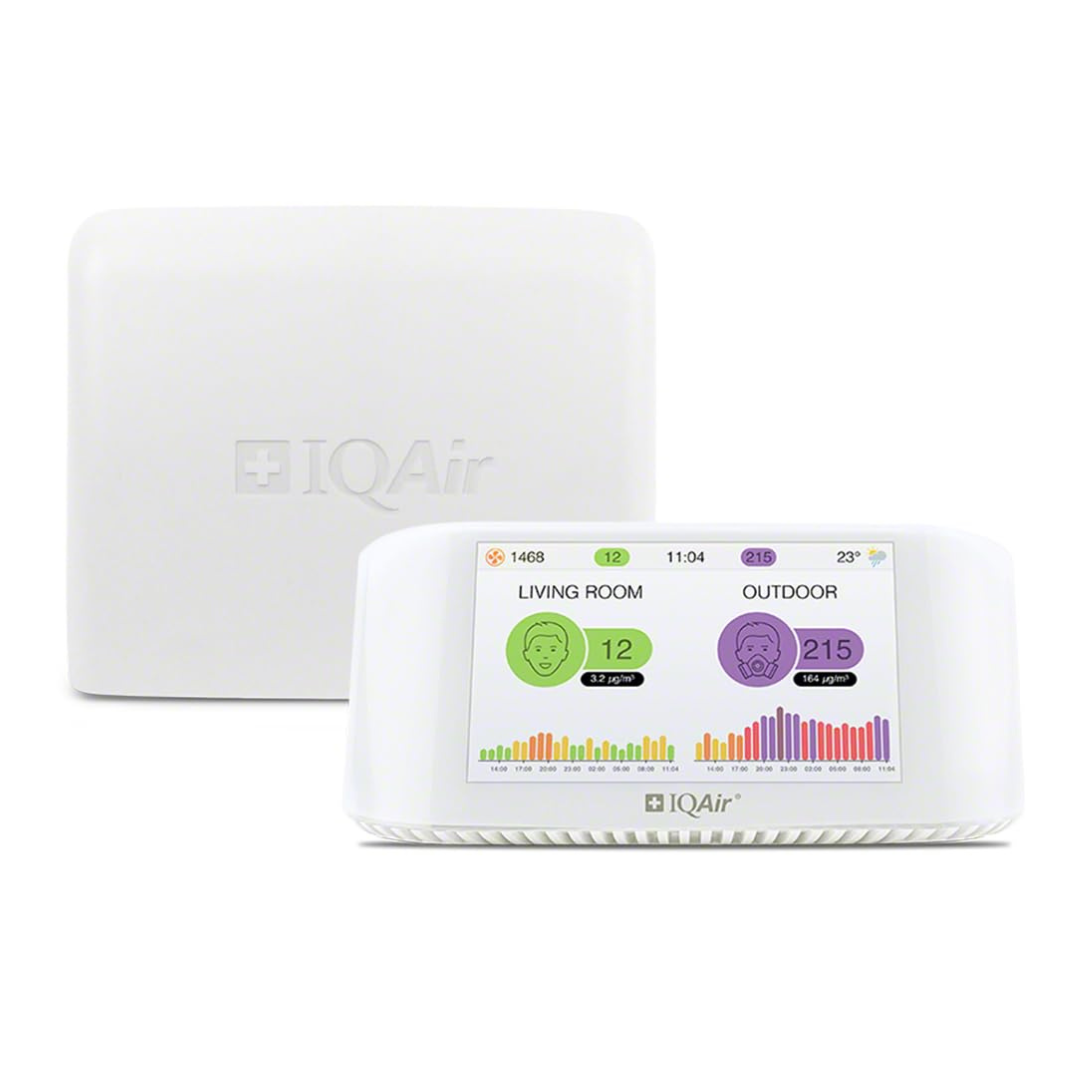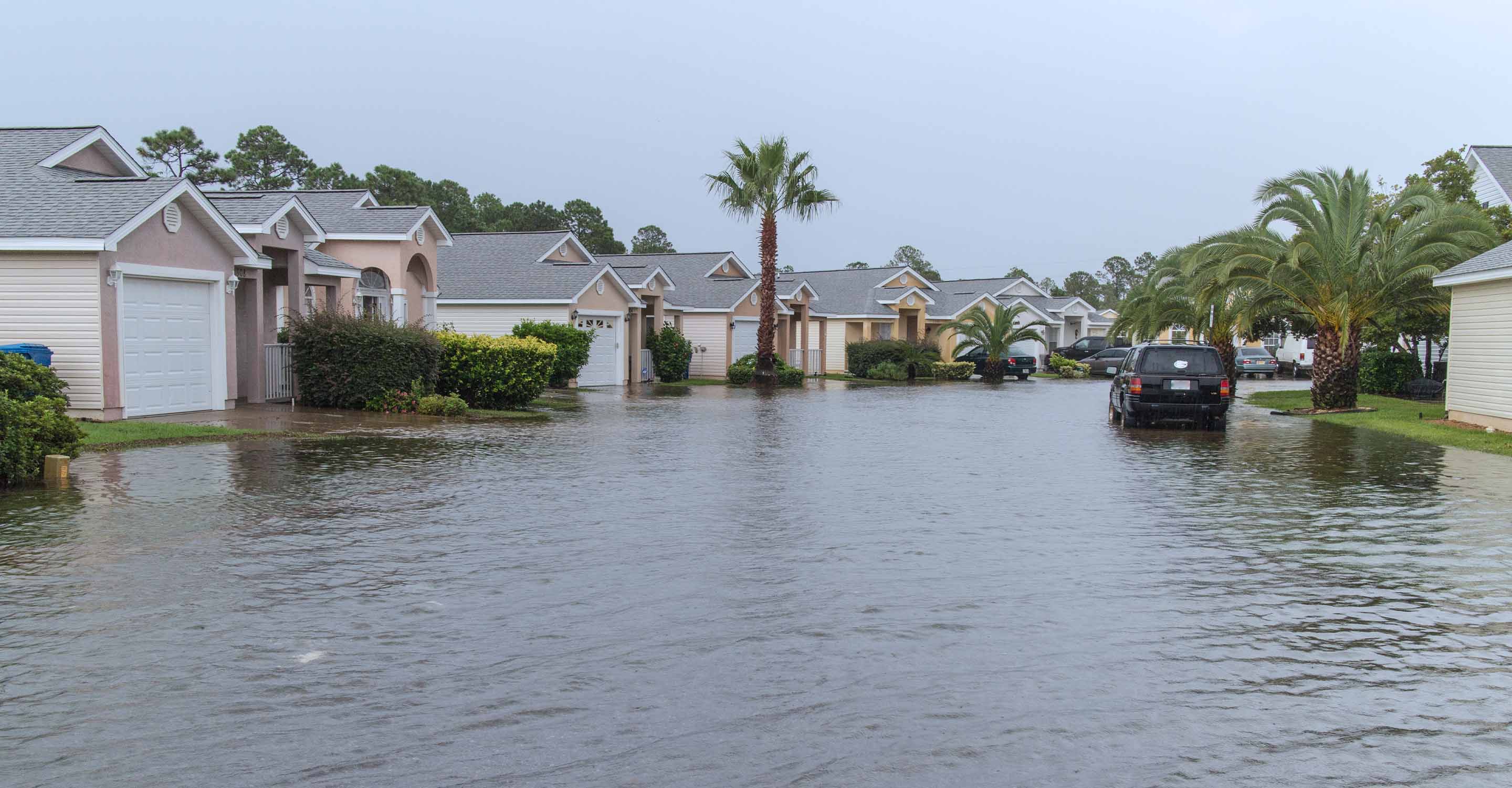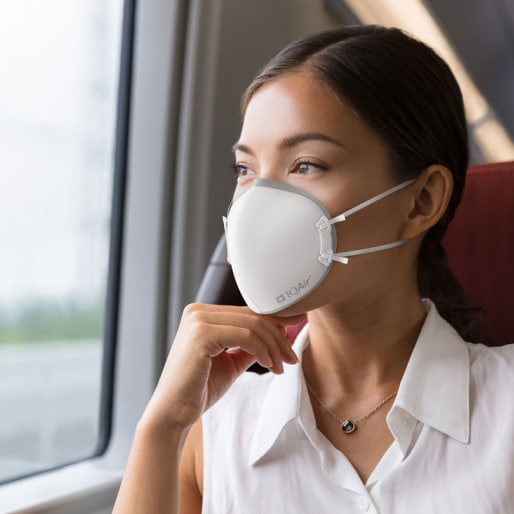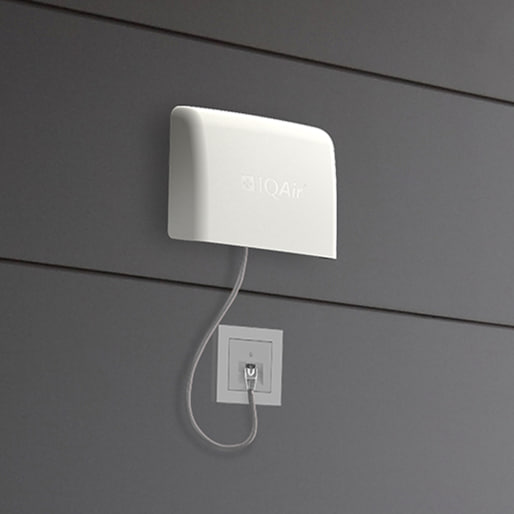Air quality in Zhoukou
Air quality index (AQI) and PM2.5 air pollution in Zhoukou
16.3K people follow this city

Zhoukou Air Quality Map
Real-time Zhoukou air pollution map
Weather
What is the current weather in Zhoukou?
| Weather | Broken clouds |
| Temperature | 66.2°F |
| Humidity | 50% |
| Wind | 8.7 mp/h |
| Pressure | 29.8 Hg |
live aqi city ranking
Real-time China city ranking
| # | city | US AQI |
|---|---|---|
| 1 | Xilin Gol, Inner Mongolia | 807 |
| 2 | Jiamusi, Heilongjiang | 186 |
| 3 | Yuxia, Shaanxi | 170 |
| 4 | Baoji, Shaanxi | 162 |
| 5 | Guozhen, Shaanxi | 161 |
| 6 | Xianyang, Shaanxi | 154 |
| 7 | Mudanjiang, Heilongjiang | 153 |
| 8 | Shiyan, Hubei | 152 |
| 9 | Yichun, Heilongjiang | 152 |
| 10 | Hegang, Heilongjiang | 151 |
(local time)
SEE WORLD AQI RANKING3D animated air pollution map

live Zhoukou aqi ranking
Real-time Zhoukou air quality ranking
| # | station | US AQI |
|---|---|---|
| 1 | Chuanhui District Environmental Protection Bureau | 134 |
| 2 | City Transportation Management Office | 127 |
| 3 | City Environmental Monitoring Station | 124 |
| 4 | Zhoukou Normal | 122 |
(local time)
SEE WORLD AQI RANKINGUS AQI
126
live AQI index
Unhealthy for sensitive groups
Overview
What is the current air quality in Zhoukou?
| Air pollution level | Air quality index | Main pollutant |
|---|---|---|
| Unhealthy for sensitive groups | 126 US AQI | PM2.5 |
| Pollutants | Concentration | |
|---|---|---|
| PM2.5 | 45.5µg/m³ | |
| PM10 | 178µg/m³ | |
| O3 | 104.5µg/m³ | |
| NO2 | 17µg/m³ | |
| SO2 | 5.5µg/m³ | |
| CO | 300µg/m³ | |
PM2.5
x9.1
PM2.5 concentration in Zhoukou is currently 9.1 times the WHO annual air quality guideline value
Health Recommendations
What is the current air quality in Zhoukou?
| Reduce outdoor exercise | |
| Close your windows to avoid dirty outdoor air GET A MONITOR | |
| Sensitive groups should wear a mask outdoors GET A MASK | |
| Run an air purifier GET AN AIR PURIFIER |
Forecast
Zhoukou air quality index (AQI) forecast
| Day | Pollution level | Weather | Temperature | Wind |
|---|---|---|---|---|
| Sunday, Apr 21 | Unhealthy for sensitive groups 143 AQI US | 80.6° 57.2° | ||
| Monday, Apr 22 | Unhealthy for sensitive groups 104 AQI US | 80.6° 55.4° | ||
| Tuesday, Apr 23 | Unhealthy for sensitive groups 119 AQI US | 77° 57.2° | ||
| Today | Unhealthy for sensitive groups 126 AQI US | 82.4° 51.8° | ||
| Thursday, Apr 25 | Unhealthy for sensitive groups 112 AQI US | 84.2° 57.2° | ||
| Friday, Apr 26 | Unhealthy for sensitive groups 114 AQI US | 86° 60.8° | ||
| Saturday, Apr 27 | Unhealthy for sensitive groups 127 AQI US | 84.2° 62.6° | ||
| Sunday, Apr 28 | Unhealthy for sensitive groups 116 AQI US | 68° 60.8° | ||
| Monday, Apr 29 | Unhealthy for sensitive groups 110 AQI US | 77° 60.8° | ||
| Tuesday, Apr 30 | Moderate 79 AQI US | 64.4° 50° |
Interested in hourly forecast? Get the app
How to best protect from air pollution?
AIR QUALITY ANALYSIS AND STATISTICS FOR Zhoukou
What is the current level of air pollution in Zhoukou?
Zhoukou is a prefecture-level city in eastern Henan province, China, and as such administers 2 districts, 1 county-level city and 7 counties. A census was last conducted in 2010 which estimated the population of Zhoukou to be about 9 million residents of which 535,000 live in the metropolitan area of Chuanhui district and the northern part of Shangshui County.
In the first half of 2021, Zhoukou was experiencing a period of “Moderate” quality air with a US AQI reading of 68. This classification is in accordance with recommendations by the World Health Organisation (WHO). This internationally recognised system enables comparisons to be made between different cities in different countries. Usually, there are six commonly found pollutants in the atmosphere which are measured to form the foundation of the system.
The recorded concentration levels of the six air pollutants were as follows: PM2.5 - 16 µg/m³, PM10 - 89 µg/m³, ozone (O3) - 128 µg/m³, nitrogen dioxide (NO2) - 10 µg/m³, sulphur dioxide (SO2) - 9 µg/m³ and carbon monoxide (CO) - 600 µg/m³. The advice for people to follow when pollution levels are this high is to stay indoors as much as possible and to close doors and windows to keep the dirty air outside. Those people who are sensitive to pollution should avoid going outside until the air improves. The table at the top of this page will help you to decide when it is safe to venture outside again.
Does the level of air pollution in Zhoukou change throughout the year?
Air pollution is particularly volatile and can change very rapidly as it is dependent on many factors. It is often affected by the weather patterns as they change with the seasons. This can easily be seen by looking at the recently released figures for 2020 on the IQAir website.
During the warmer summer months from May until the end of September, the air quality was seen to be “Moderate” with figures between 12.1 and 35.4 µg/m³. Spring and autumn which included the months of March and April in spring and October in autumn revealed readings of 49.6, 39.8 and 43.8 µg/m³, respectively. This put the air quality into the “Unhealthy for sensitive groups” bracket. During the remaining four months it was the colder wintertime when coal is usually burnt to provide heat for both homes and commercial buildings which produces air pollution as a by-product. For the months of November, December, January and February the air quality was classed as being “Unhealthy” with figures between 55.5 and 150.4 µg/m³.
Records have been kept since 2017 when Zhoukou’s air quality was “Unhealthy” with an annual average of 50.9 µg/m³. It was marginally better during the following year when the figure was 58.9 µg/m³. 2019 saw yet another improvement when the recorded figure was 56.6 µg/m³. Last year’s figure was 50.3 µg/m³ which, again, showed a marked improvement but this might be artificially lower because of the restrictions imposed because of the COVID-19 pandemic when personal vehicles were restricted for what was several months and non-essential industry was also suspended in order to prevent the spread of the virus.
Where does the air pollution in Zhoukou come from?
The trade-offs between environmental protection and economic growth arguably present a greater challenge for developing countries, as their economic development often depends on industrial output, urbanisation, and motorisation which overall can greatly increase pollution. For China, rapid economic growth has lifted millions of people out of poverty, but it has also resulted in massive levels of environmental degradation.
Much of China’s growth has been powered by coal which is a relatively cheap, but highly polluting, source of energy. In 1990, 76.2 per cent of all energy consumed in China was generated by coal. That figure has fallen steadily over the past three decades, but coal still accounted for 57.7 per cent of China’s energy consumption in 2019.
Electricity generation has traditionally been the main source of China’s air pollution. However, large coal-powered industries, which are key to China’s economic development, have increasingly contributed to China’s air pollution problems. By 2017, the steel industry displaced electricity generation as China’s biggest polluter.
Coal is also used by households which significantly contributes to air pollution, especially in rural areas where many homes rely on it and other solid fuels (such as wood) for heating and cooking.
Another source of China’s air pollution is the number of vehicles which reached 360 million in 2020, they are now a major contributor. This is particularly true in larger cities, where the concentration of exhaust from vehicles is much higher. In the larger cities, the local government has introduced measures for restricting certain vehicles on certain days of the week, depending on their registration number.
Air pollution can also be localised due to topography, weather patterns, and proximity to polluting industries.
How can air quality in Zhoukou be improved?
Poor air quality has been a problem in China for a long time. In recent years, China has intensified its efforts to solve air quality problems. The World Steel Association recently held an air pollution control seminar in Zhanjiang, China. During the meeting a guest from the Ministry of Environmental Protection of China, gave an in-depth introduction to China’s 2020 Air Pollution Prevention and Control Action Plan and the corresponding targets set by the Chinese government.
It is intended to reduce the level of environmental pollutants, thereby reducing adverse health effects and shut down polluting and backward industrial production capacity.
For the steel industry, the most significant measure is the introduction of "ultra-low emission standards." These are applicable to sinter plants, blast furnaces and coke ovens. China's ultra-low emission standards are also the most stringent emission limits (ELV) in the world, some of which exceed those anywhere else.
Is there a link between air pollution and diabetes?
Air pollution is also related to obesity. Although this is controversial, and the research is mainly carried out on animals, it is believed that pollution changes the body's metabolism. This may be caused by inflammation of the respiratory linings caused by pollution particles, which can trigger a stress response. The hormones released in the stress response reduce the effectiveness of insulin and increase blood sugar levels. The purpose of stress response is to prepare energy for us in a state of stress. If air pollution continues to cause slight stress, it will have a long-term impact on how we deal with sugar. This is also the first step towards diabetes.



